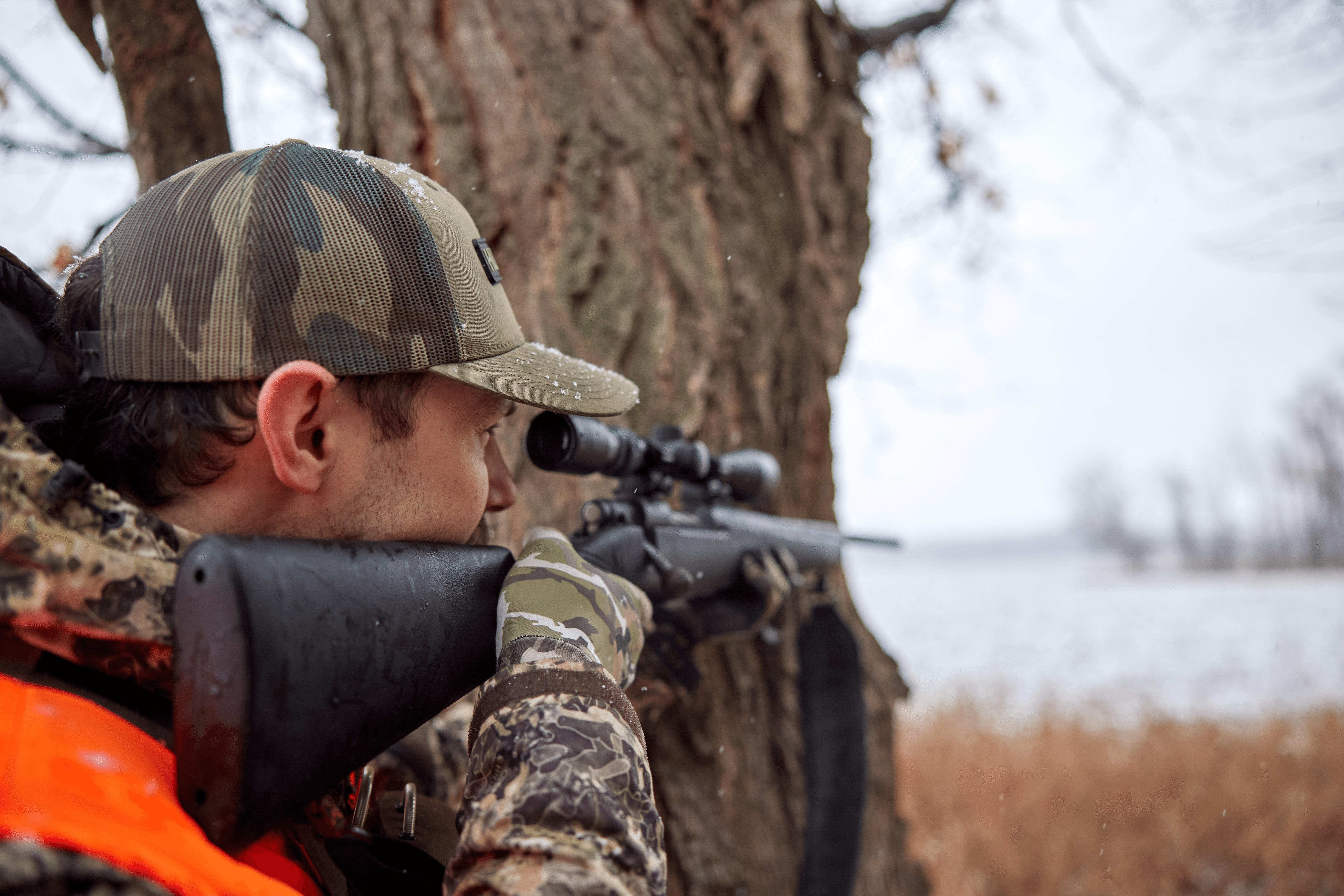
What to Consider When Hunting Black Bear
So, if you’re thinking about adding a bear hunt to your hunting bucket list, make sure you go when the time is right! Here are a few variables to consider when planning black bear hunts.
The Location
Black bears can be found from Alaska to Mexico, across most of Canada, and in about 40 states in the U.S. They are highly adaptable animals, which is why they have continued to thrive in almost every habitat in North America.
You’ll have the best luck tagging out on a bear hunt if you plan your trip in these states:
- Alaska
- North Carolina
- Wisconsin
- California
- Idaho
- Pennsylvania
- New Mexico
- New Jersey
As you target the best hunting locations in your HuntWise app, look for heavily forested areas with plenty of food variety.
The Solunar Calendar
Do moon phases affect bear activity? Is it something to consider when planning your hunt?
Most hunters don’t believe that the Solunar calendar significantly impacts bear movement in a way that should greatly influence how or when you plan your hunt. However, in general, predators don’t like to be seen.
So, on a night with a full moon, you may be less likely to see bears out and about than on a night with less moonlight to illuminate their surroundings.
The Time of Year
Black bears can be hunted in the Spring and Fall months, although the state or province dictates specific hunting times. While many locations offer springtime hunting, the best time of year to hunt black bears is in the fall when they are constantly on the move for food in preparation for their long winter sleep.
However, don’t discount the spring as an excellent opportunity to plan your bear hunt.
The Time of Day
If you are hunting in the fall, you will likely spot a black bear at any given time throughout the day. However, as a general rule of thumb, the best time to hunt black bears is in the morning or early evening when they are most certainly on the search for food.
The Temperature
As mentioned above, black bears are extremely adaptable animals and live in many different climates. However, as temperatures begin to fall, bears are more actively in search of food to bulk up for the winter. So, during the cool fall temperatures can be an excellent time to hunt black bear.
The same can be said about the cool days of early spring when bears wake from their hibernation and are ready for a big breakfast (or dinner).
The Barometric Pressure
Black bears do not seem to be affected much by changes in barometric pressure. However, as with most animals, bears tend to be the most active during the coolest times of the day.
General Weather Conditions
Black bears are resilient animals. Rain and other unpleasant weather conditions do not seem to affect their movement dramatically.
However, weather conditions involving strong winds should be avoided, as a black bear’s sense of smell is estimated to be seven times stronger than that of a bloodhound.
The Wind
The wind can impact almost any hunt. It is said that a black bear can smell an animal carcass from as far as 20 miles away. Therefore, the wind is one of the most important factors to consider when hunting black bear.
It is important to position yourself downwind because of their keen sense of smell.










